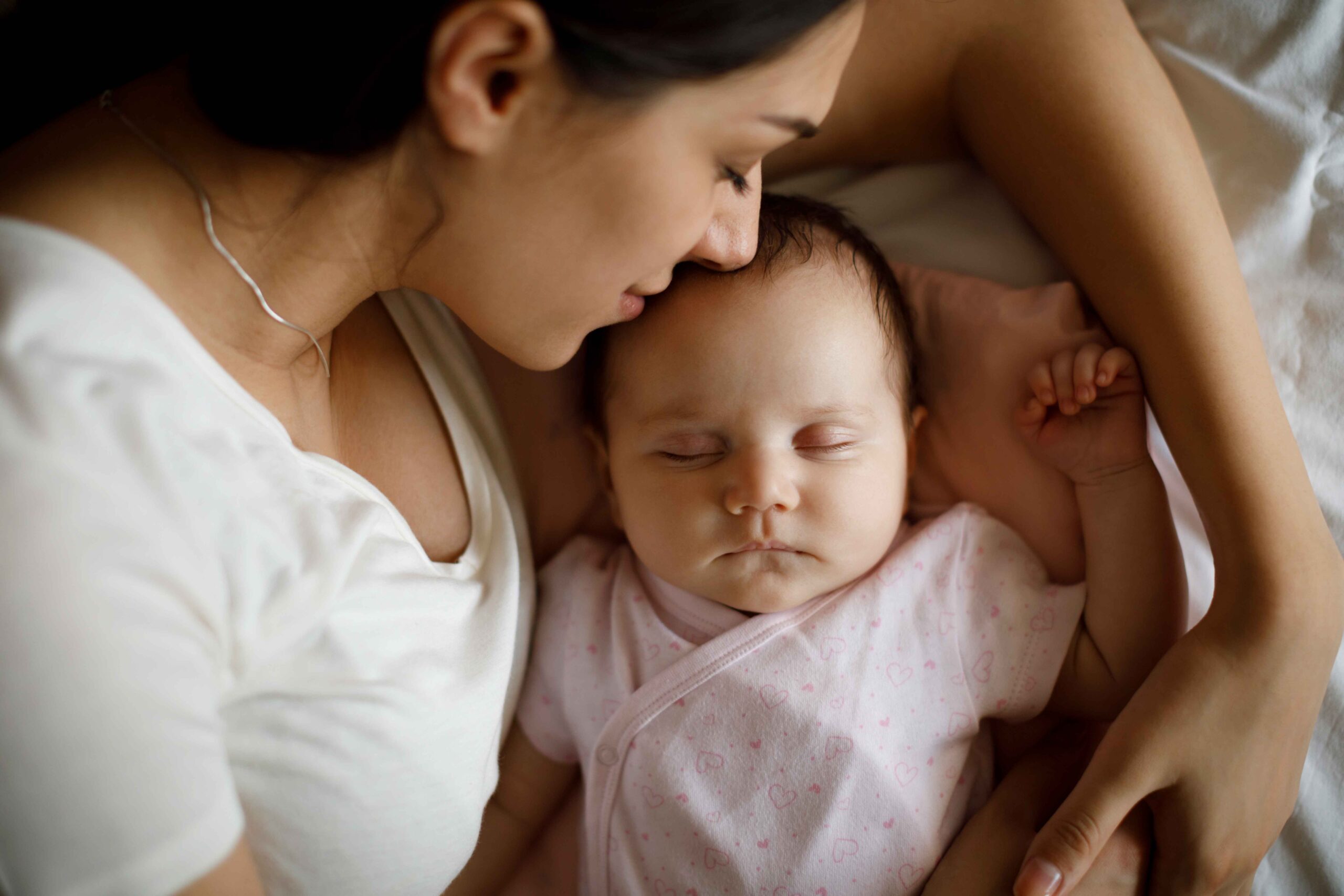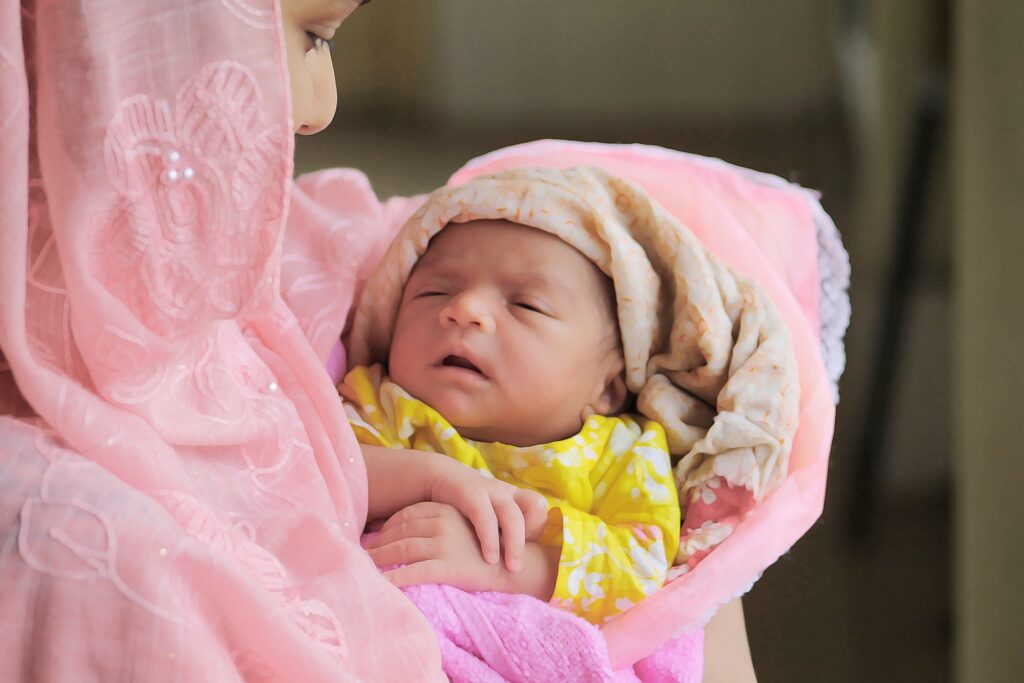Baby Sleep 101: The basics of baby sleep

Baby Sleep 101: The basics of baby sleep It is only after we become parents that we realize what a rocky road baby sleep is and how there is just so much learn and unlearn as we meet our baby’s biological needs while getting some rest ourselves! Let’s talk about some of the basic concepts of baby sleep. Why is sleep important for your child? Whether you have a baby or a toddler, sleep plays an important developmental role. Sleep is as important as food and, yet, somehow it does not receive the same mindful attention from parents. Often, parents are advised to let the child stay up until they drop off to sleep or to skip nap times to have an early bedtime or to reduce nightwakings. This advice usually backfires but is also developmentally potentially harmful. Good sleep is important for physical growth (the growth hormone is secreted during sleep), lower chances of obesity, heart protection, stronger immunity (proteins called cytokines, the building blocks of immunity, are produced during sleep), better attention spans, greater ability to learn and higher brain growth amongst other things. Night sleep and day sleep have different functions so naps play a vital role as well. What is “Sleep Parenting”? A commonly asked question is, “Don’t children just sleep when they are tired?”. The answer is no. The first step to sleep parenting is acknowledging that parents have to support the child to sleep. We help our babies to eat, bathe, play, walk, learn, talk and, yet, somehow we assume that parenting ends when the baby is asleep. This is where many things go wrong as our babies actually continue to need parenting when they sleep. Sleep parenting involves : Observing cues: Babies and toddlers show sleep cues in stages. It is important to observe for early sleep cues (see chart). When intercepted early, it is easier to make the baby/ toddler sleep than when the cues are not understood and the baby/toddler reaches the crying, overtired phase. An overtired child resists sleep and does not sleep well. Feeding or rocking to sleep: It is biologically normal for babies and young toddlers to sleep while nursing/bottle feeding and rocking/walking. These are not “bad sleep habits” or “bad sleep associations”. It is biologically normal for babies to need assistance in this regard and that too with active soothing methods such as these (patting does not work until much later). Children under 3.5 – 4 years cannot be expected to fall asleep on their own. Follow a child-led approach to trying different soothing methods. Holding while asleep: Young babies often wake when put down. They have a biological survival instinct that makes them seek the comfort and security, which comes from physical contact. If your baby is waking up when put down (either immediately or a few minutes later), we need to take the hint and keep holding them This is one vital example of how parenting does not end when the baby is asleep. Babies often need to be held for up to 10-11 months and during regression phases even after. This is biologically normal and not a bad habit. They outgrow the need when they are ready. Further reading on this: Why Does My Baby Wake Up When I Put Her Down? – Bellybelly.com.au When Your Child Will Only Nap On You – Sarah Ockwell-Smith Helping to go back to sleep: If your concern is that your 5 month old or 1 year old doesn’t nap more than 30 minutes at a stretch, the solution is to “bridge the nap”. When your child takes brief naps it doesn’t mean that her/ his nap is complete. It means that the child needs help in going back to sleep through active means of soothing. Bedsharing: Bedsharing is safe and normal and often leads to better sleep for the child and parents. There is much evidence on the benefits of bedsharing as well. For example, see Professor James McKenna’s research: https://neuroanthropology.net/2008/12/21/cosleeping-and-biological-imperatives-why-human-babies-do-not-and-should-not-sleep-alone/ Following baby’s schedule: A baby’s sleep schedule – based on the baby’s cues and natural biological rhythms – is sacrosanct. It works much better if adults adapt to the baby’s schedule rather than the other way round. Creating the right sleep environment: A pitch dark and quiet room for both daytime naps and night sleep (after the age of 3 months in particular) are vital to good sleep. These are biological needs as babies are very easily stimulated and jerked out of sleep. These do not form “bad habits”. What is Overtiredness? A child is overtired when she/he is awake beyond the age appropriate awake window. The child’s body recognizes that sleep isn’t coming and secretes the stress hormones cortisol and adrenaline to cope with it. The child experiences a “second wind”, wherein the child snaps back to wakefulness and becomes hyperactive. Does your baby/ toddler get over active when it is time for bed? Does she/he resist bedtime even though they look tired? Does your child often cry before sleeping? All these are classic examples of overtiredness. An overtired child does not sleep well, which can lead to multiple night wakings, including active nightwakings. Sleep Cues and Awake Windows Every baby is unique but babies of the same age range have similar sleep needs because it is biologically determined, like any developmental milestone. Looking out for sleep cues is important to determine when the child is ready to sleep. Babies and toddlers have early and late sleep cues, and the earlier a caregiver responds to sleep cues and soothes a child to sleep the better because late sleep cues lead to sleep resistance and disturbed sleep – also signs of overtiredness. Please refer to the chart above to understand what cues to look out for. “Awake window” means the time in between two naps or between naps and night sleep when a child can stay awake and interact without getting overtired. The
Should I put my baby down “drowsy but awake”?

Should I put my baby down “drowsy but awake”? The short answer: NO. The idea that one should put baby down “drowsy but awake” and hence “break sleep associations” or “teach baby to sleep on her own” is a pet concept of most sleep trainers. The idea is that, since all babies – like adults – wake at the end of a sleep cycle, they should find themselves in the same conditions that they fell asleep in, otherwise they will cry for those conditions to be recreated. The common example that is cited is: imagine you have fallen asleep on a nice, comfy bed (aka in your parents’ arms, being rocked or at the breast) and then you wake up and find yourself on the kitchen floor (the crib or bed) – would you not be upset? So, babies should not fall asleep at the breast because they will then want it every time they wake and will not be able to fall back asleep on their own. I find this example very confusing. Here we are clearly saying that the equivalent of the comfy bed is the breast or the parents’ arms. And yet….we want our babies to fall asleep on the kitchen floor?? This is just a fancy marketing gimmick. It sounds logical but it’s based on outdated behaviourist theory – that if you do something repeatedly, the baby will get used to it. We know now that parental soothing is a biological need. Babies cannot “get used to” not having it. What they can get used to is the idea that crying will not achieve anything and so they should experience the stress but internalize it. Several sleep experts absolutely dismiss the entire idea of “breaking sleep associations”. Firstly, very few babies actually accept the whole “drowsy but awake” thing without protest and some amount of crying. I know that mine would be instantly wide awake if I ever tried anything like that. We would then be back to square one in the soothing to sleep process and baby would then be overtired. Even if your baby accepts it and manages to complete the falling asleep process on her own, there is no guarantee that he will wake less frequently or that not having a parent-dependent sleep association means they can bridge sleep cycles on their own. Breaking sleep associations is a form of sleep training. It’s basically trying to teach a baby to “self-settle”, which is unscientific as babies don’t have a developed prefrontal cortex (thinking brain) that would allow this kind of logical reasoning. I have seen so many parents get so anxious about why their baby isn’t falling asleep drowsy but awake. And it causes babies stress too. That’s because it’s totally unscientific and goes against the basic instincts of both parents and babies. Providing a baby the correct, age-appropriate form of soothing and practicing sleep parenting works much more beautifully and pays off hugely in the end.
